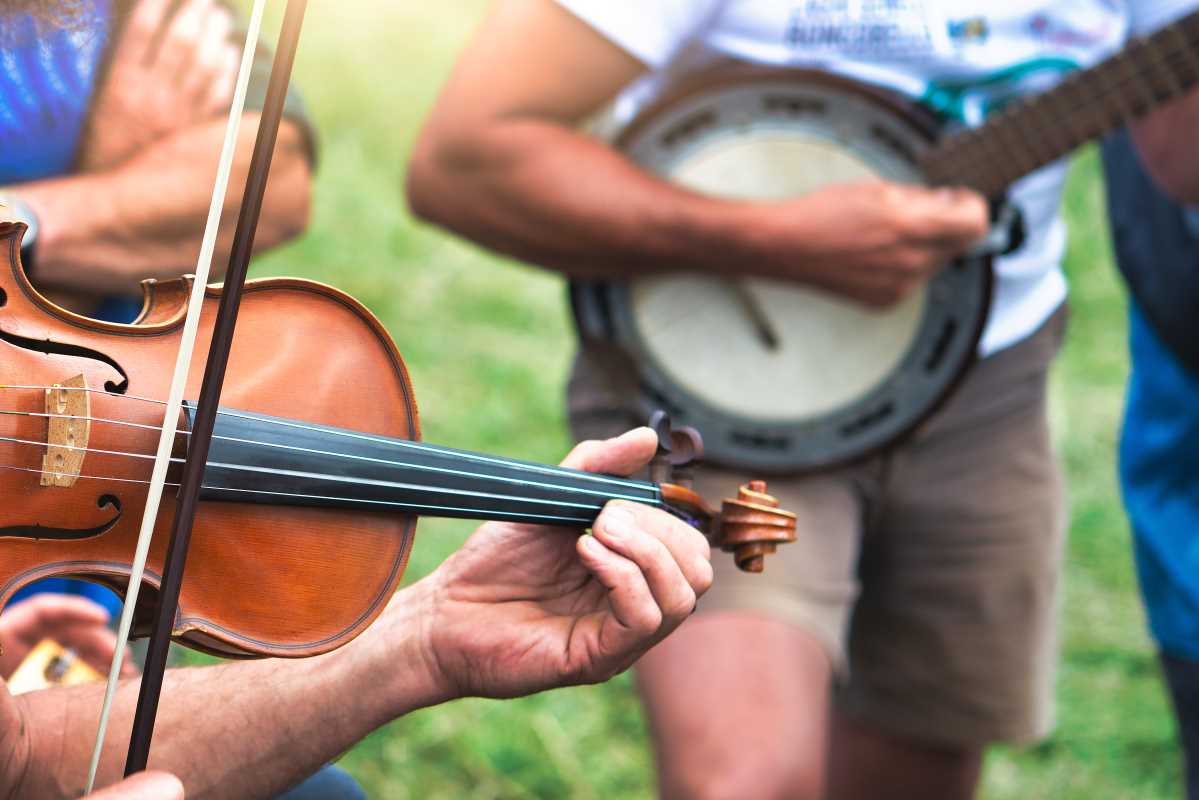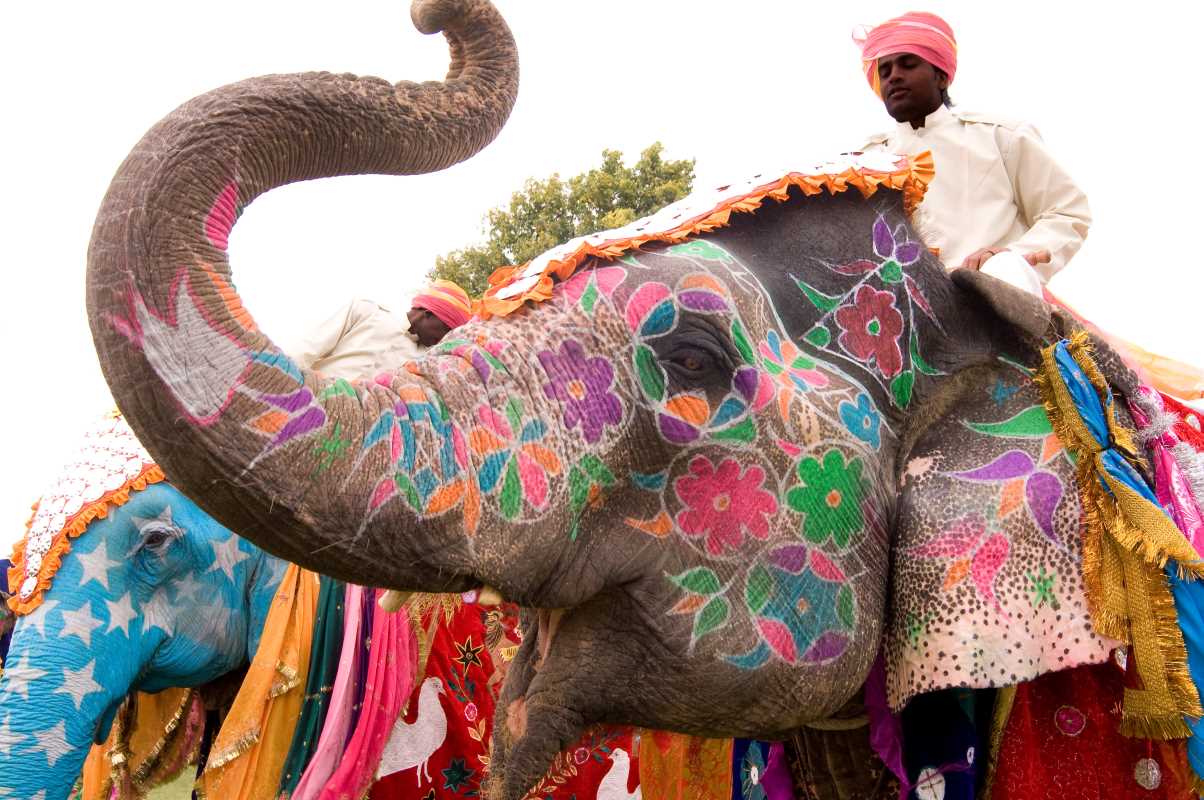Folk music has long held a special place in American culture, embodying the stories, struggles, and spirit of the people. Over the course of the 20th century, America witnessed several folk music revivals, each bringing this raw and powerful art form into new prominence. These movements not only shaped the trajectory of American music but also reflected and influenced key social and political changes. From the early 20th century to the countercultural explosion of the 1960s, folk music revivals brought authenticity, activism, and artistry to the forefront.
The Early 20th-Century Revival and the Role of Preservation
The seeds of America's folk music revival were planted in the early 20th century, as scholars and collectors aimed to preserve the country’s rich musical heritage. Folk music, rooted in oral traditions passed down across generations, was at risk of disappearing in a rapidly modernizing world. Figures like John Lomax and his son Alan Lomax played a pivotal role in this preservationist movement.
John Lomax, often considered one of the fathers of the American folk revival, tirelessly traveled the United States to document traditional songs. Carrying early recording equipment, he ventured into rural areas, prisons, and work camps to capture the music of marginalized communities. His efforts revealed a wealth of songs that reflected the lives of ordinary Americans—spirituals, work songs, blues, and frontier ballads. Perhaps the most famous of Lomax’s discoveries is Lead Belly (Huddie Ledbetter), a gifted African American folk musician whose recordings would later influence the mid-century revival.
- This early stage of folk music revival emphasized archive and preservation, as seen in the founding of the Archive of American Folk Song at the Library of Congress in 1928.
- Folk music collectors viewed these recordings as invaluable links to a vanishing cultural identity, setting the stage for the genre's revival during pivotal national moments.
The Great Depression and the Folk Music of Protest
The Great Depression of the 1930s brought a wave of economic devastation that inspired a resurgence of politically charged folk music. This period marks a key turning point where folk songs weren’t merely preserved—they were actively used as tools for social action. The hardships of the time lent folk music a new role as the "music of the people," blending traditional melodies with themes of protest, solidarity, and hope.
Woody Guthrie emerged as a central figure during this time. Known for his plainspoken lyrics and unpolished voice, Guthrie wrote songs that captured the pain and resilience of ordinary Americans. His iconic anthem, “This Land Is Your Land,” challenged inequality, calling for universal belonging during a time of mass unemployment and displacement. Guthrie’s songs celebrated laborers, farmers, migrants, and outcasts, earning him a reputation as the voice of the downtrodden.
Alongside Guthrie, artists like Aunt Molly Jackson and union organizers popularized folk ballads that were vital in labor activism. By transforming old melodies into powerful protest songs, they galvanized crowds at strikes and marches. Folk music became intertwined with leftist politics, spurring connections between the genre and movements for social justice—a relationship that would deepen in the coming decades.
The Mid-20th Century Revival
Building on the Depression-era revival, the mid-20th century folk revival blossomed in the 1940s and 1950s, defined by its emphasis on political organizing and its celebration of the common people. At the forefront was Pete Seeger, a singer, songwriter, and former member of the Almanac Singers. Like Woody Guthrie, Seeger believed in the power of folk music to bring about social change. His work as a solo artist and as a founding member of The Weavers would solidify his role as a folk music giant.
- One of Seeger’s most enduring contributions was his commitment to protest songs, which emerged as anthems for social movements.
- Songs such as “If I Had a Hammer” and “Where Have All the Flowers Gone?” resonated deeply in the context of post-war America, addressing themes of peace and civil rights.
- Despite his popularity, Seeger faced setbacks; his leftist affiliations led to a subpoena by the House Un-American Activities Committee and subsequent blacklisting during the Red Scare. Still, his music endured, and his spirit inspired countless others.
The folklorist and activist Alan Lomax also played a huge role in bringing attention to folk music traditions. Lomax introduced audiences to now-legendary performers like Lead Belly, Muddy Waters, and Odetta, helping to bridge the folk, gospel, and blues genres. Together, these figures elevated folk music beyond its initial position in rural communities, earning it broader appeal in urban centers.
The 1950s revival, however, wasn’t without its growing pains. Folk purists worried that the popularization of the genre might dilute its authenticity, a tension that would resurface dramatically in the 1960s.
The 1960s Folk Boom and Cultural Revolution
The 1960s marked the height of the American folk revival, coinciding with profound shifts in culture, politics, and society. Folk music became synonymous with the counterculture; it served as both the soundtrack for young people rebelling against the establishment and a rallying cry for justice during the civil rights and anti-war movements.
Few figures symbolize the richness of the 1960s folk movement more than Bob Dylan. Inspired by Guthrie’s storytelling and Seeger’s commitment to activism, Dylan began his career writing politically charged anthems like “Blowin’ in the Wind” and “The Times They Are A-Changin’.” These songs became rallying calls for the civil rights movement and anti-Vietnam War protests. Dylan’s poetic lyrics and raw guitar style captivated a generation seeking authenticity.
Joan Baez, another central figure, blended her angelic voice with a fierce dedication to activism. Performing songs rooted in traditional folk, Baez championed nonviolence and civil rights, often appearing alongside Martin Luther King Jr. She elevated songs like “We Shall Overcome,” transforming them into unifying anthems for hopeful protestors.
Greenwich Village in New York City emerged as the cultural hub of folk activity. Here, coffeehouses like Café Wha? and The Gaslight featured performances by up-and-coming artists, fostering collaboration and creativity. This bustling music scene also introduced audiences to influential acts like Peter, Paul and Mary and The Kingston Trio, whose polished harmonies brought folk into the mainstream.
But as folk music reached new heights of popularity, tensions arose. Dylan’s controversial decision to “go electric” at the 1965 Newport Folk Festival sparked heated debates between traditionalists and devotees of the emerging folk-rock sound. While many viewed this shift as a betrayal of folk’s roots, others saw it as an evolution, one that opened new creative possibilities and connected folk’s storytelling spirit to modern sonic landscapes.
The Legacy of Folk Music Revivals
The folk revivals of the 20th century profoundly shaped the landscape of American music. They not only preserved the rich traditions of earlier generations but also gave the genre renewed relevance in times of cultural transformation. Beyond the boundaries of music, these revivals helped unify social movements, energize activism, and challenge people to reimagine a more just society.
Today, folk music continues to inspire, often resurfacing during periods of socioeconomic and political upheaval. Contemporary artists like Brandi Carlile, Rhiannon Giddens, and Jason Isbell build on the foundation of Guthrie, Seeger, Dylan, and Baez, proving that folk music’s raw emotional power and connection to the human experience remain boundless.
Whether tracing its roots to prison recordings or witnessing its eruption during the upheavals of the 1960s, the history of folk music revivals is a testament to the enduring capacity of song to give voice to the struggles, joys, and aspirations of people. Folk music reminds us that the stories of ordinary lives—woven together in verse—are anything but ordinary when shared on a collective scale. Through each revival, it echoes this truth, generation after generation.







